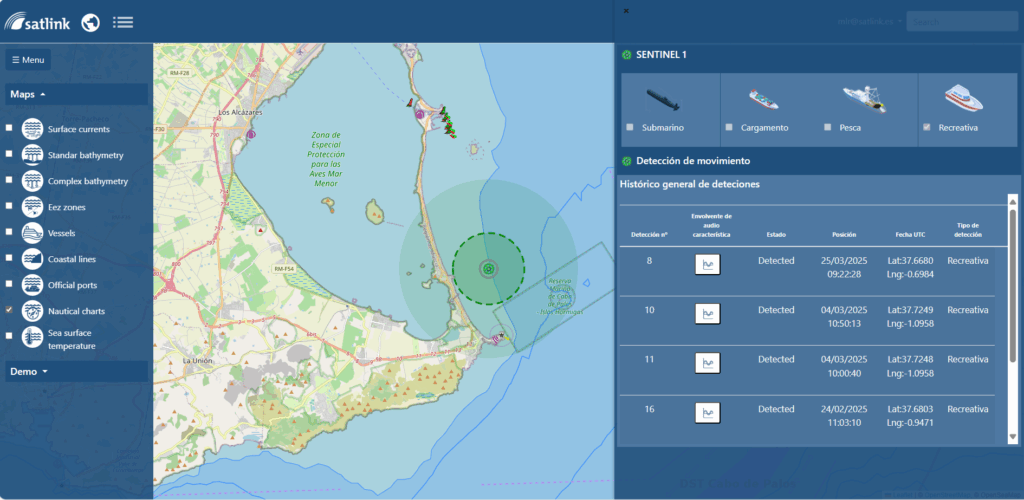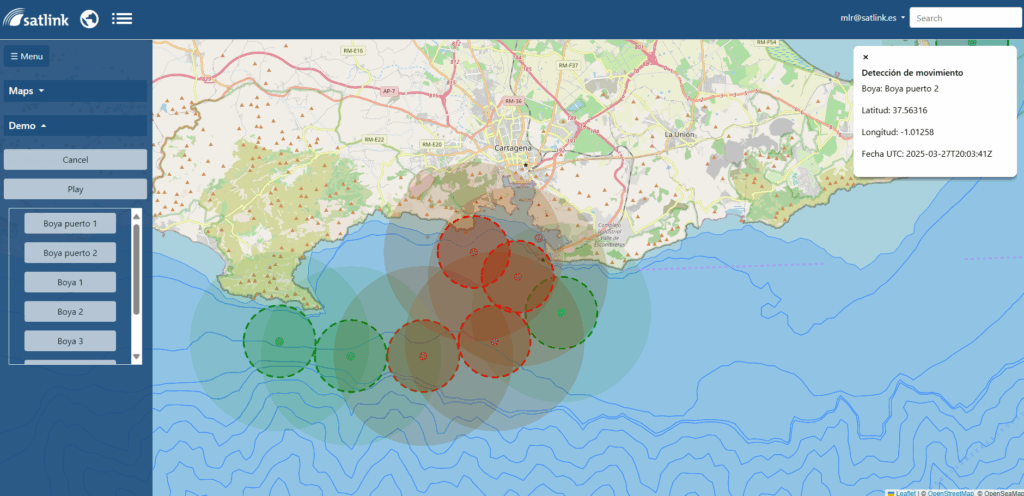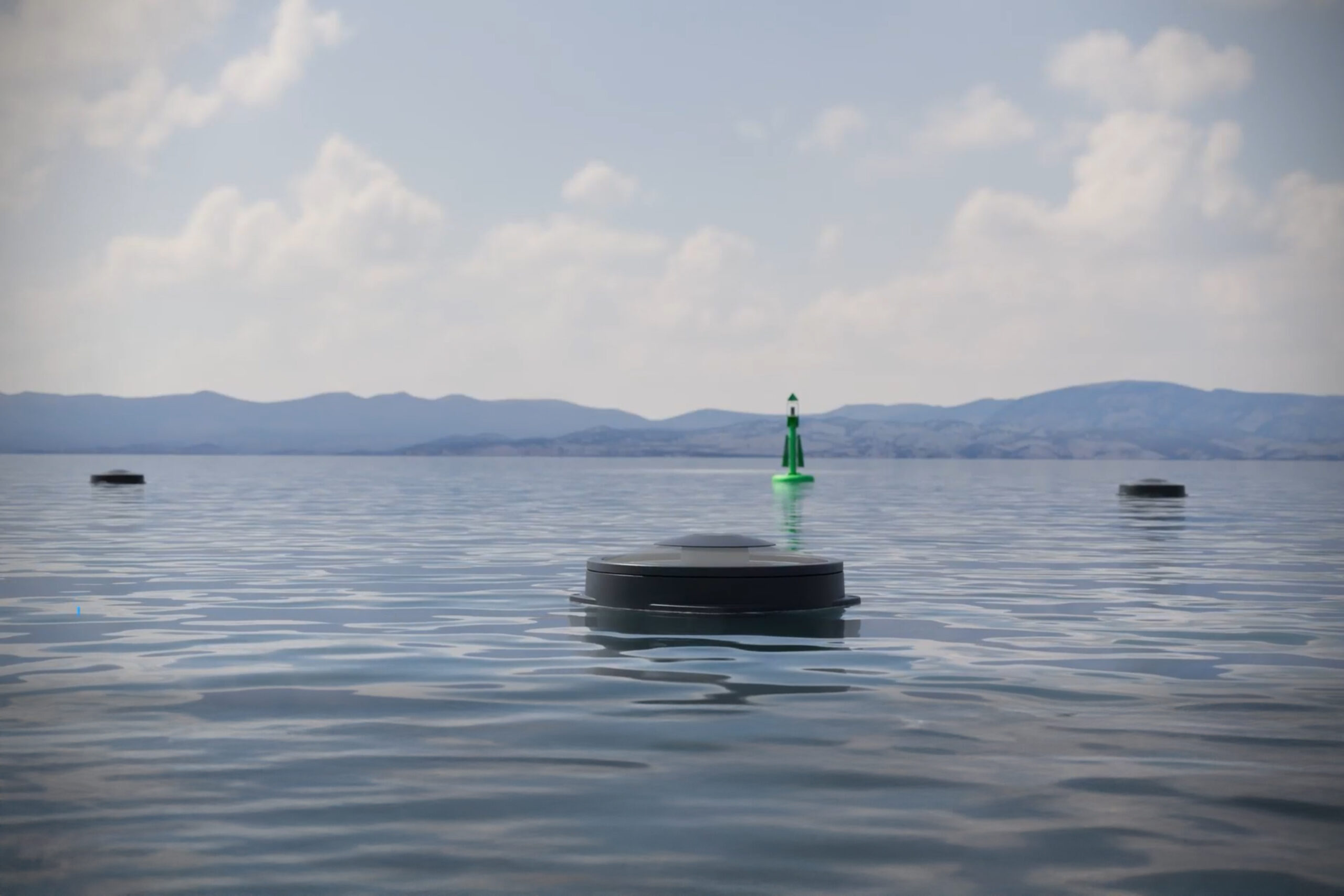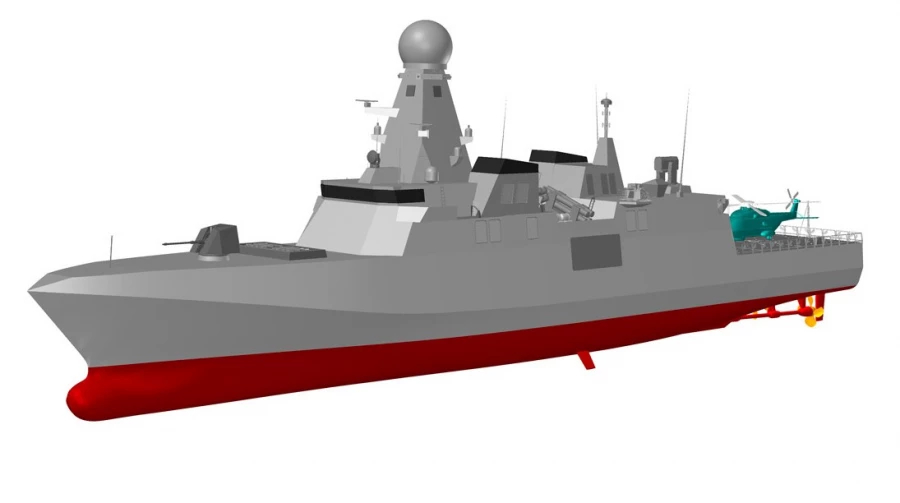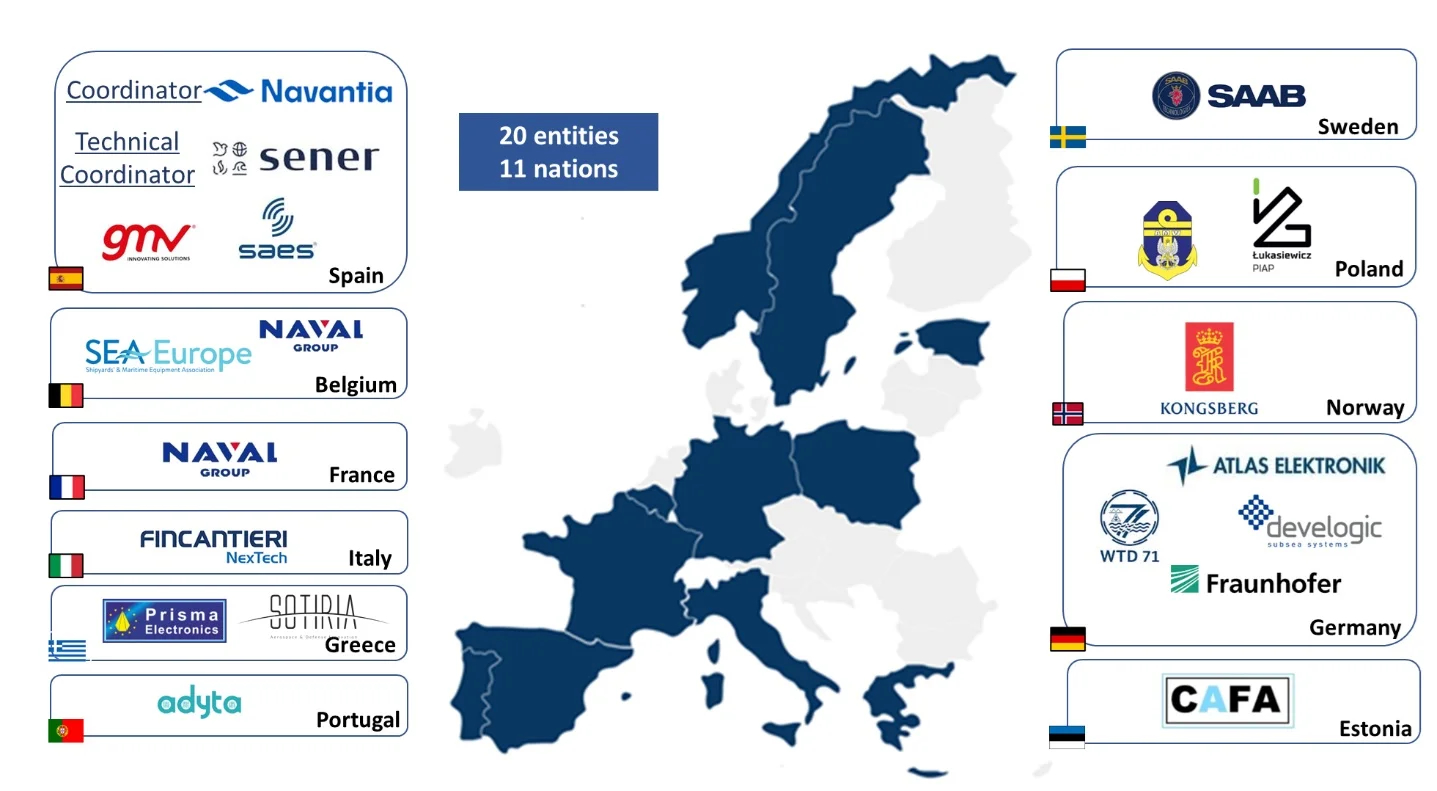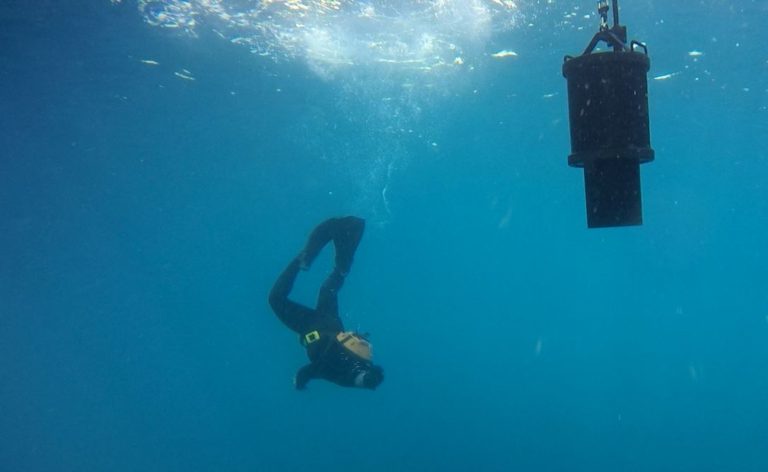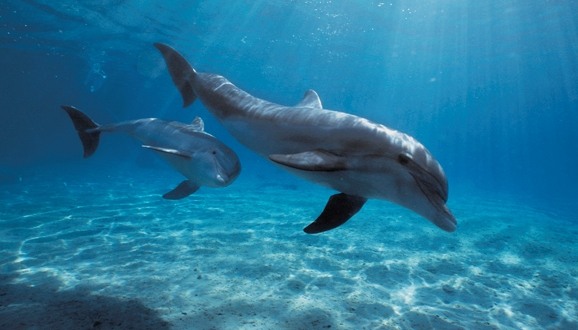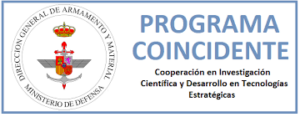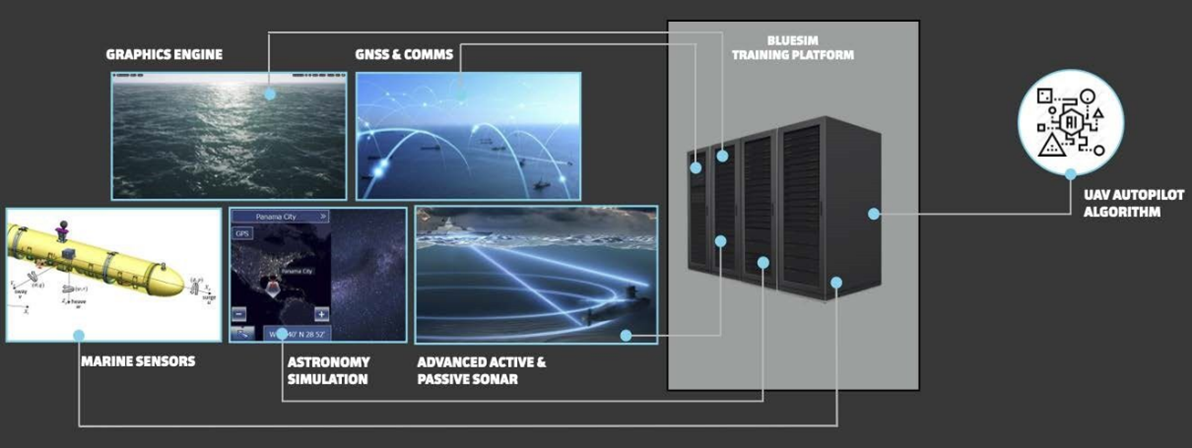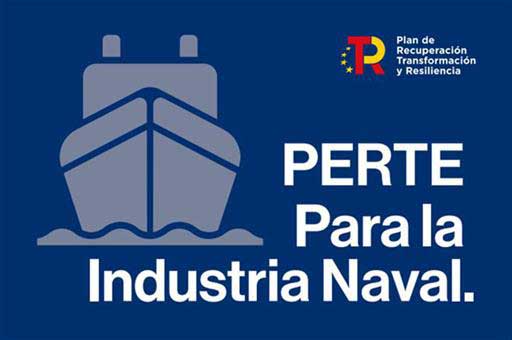In an increasingly interconnected world, maritime security faces unprecedented challenges. From the safeguarding of critical infrastructure to the prevention of illicit activities, underwater surveillance has become a global strategic priority. In this context, SAES, in partnership with Satlink, has unveiled an innovative solution: Ocean Sentinel. This one-of-a-kind maritime surveillance system is designed to detect and mitigate threats both on the surface and beneath the water, providing military and security forces with a sophisticated and cost-effective approach to safeguarding our waters.
Ocean Sentinel exemplifies how state-of-the-art acoustic technology can enhance maritime security management. Equipped with smart buoys and a remote-control centre, this autonomous system offers real-time, adjustable early warnings, maintaining integrity and security across various operational scenarios.
As a testament to ongoing innovation in maritime security, Ocean Sentinel represents a significant advancement in surveillance and protection systems by integrating cutting-edge acoustic technology. The system consists of intelligent buoys stationed at sea, which communicate via satellite to a remote control centre responsible for receiving and analysing early warnings. Each buoy is equipped with hydrophones, which function as underwater microphones, capable of capturing sounds from the marine environment. Furthermore, it employs ‘edge computing’, a method that processes data locally on the buoy, reducing reliance on centralised locations and facilitating prompt responses. The remote control centre can configure each buoy to adjust its detection capabilities according to specific underwater threats, ensuring a high level of operational efficiency without incurring substantial costs.
The system is outfitted with advanced acoustic processing technology, enhancing surveillance by generating early warnings across diverse operational scenarios. Strategically designed for deployment as a fixed and distributed network of permanent underwater acoustic sensors, Ocean Sentinel primarily functions to detect threats and potential targets in real time, proving invaluable in protecting critical infrastructure, securing high-value units, and safeguarding areas of interest during amphibious operations.
Applications in operational scenarios:
- Detection of potential underwater threats: deploying Ocean Sentinel in strategic areas enables early detection of potential threats, facilitating swift and effective responses to specific attacks or intrusions, such as manned or unmanned submarines.
- Infrastructure and port protection: continuous monitoring provided by the buoys is crucial for safeguarding strategic infrastructure, ensuring their integrity and safe operation against any potential threat. In such cases, Ocean Sentinel can be integrated with SAES’s diver detection sonar. Known as DDS, this active sonar operates at high frequency and can detect divers or small UUVs up to 500 metres away, providing ample reaction time to neutralise threats.
- Surveillance of strategic areas: the system enables detection and alerting of unauthorised vessels within strategic zones, such as straits, estuaries, islands, etc., from small boats (thus preventing potential human losses) to narco-boats or any other unauthorised craft.
Operational concept of Ocean Sentinel (CONOPS):
The operation of Ocean Sentinel is organised into several phases. During the preparation and planning stage, detection parameters are established, and the optimal depth for the hydrophone is determined based on the environment to ensure effective detections. In the deployment and surveillance phase, buoys are strategically placed to listen passively and detect anomalies. In the detection phase, upon identifying a potential threat, a buoy transmits data to the control centre along with an acoustic snapshot. Operators analyse this information, locating the approximate position of the threat thanks to data received from multiple buoys.
Ignacio Gutiérrez, Business Development Director at SAES, notes that “in collaboration with the Spanish Navy, we have developed a new concept encompassing everything from anti-submarine defence capabilities to the protection of infrastructure. This joint process has allowed us to refine the Ocean Sentinel technology. Powered by solar energy, the buoy can operate for months, equipped with a passive hydrophone and an acoustic processor. Its primary function is to emit remote alerts when detecting threats, transmitting information via satellite to the control centre for an efficient response.”
Ocean Sentinel will be operated during the NATO REPMUS 2025 exercises in Portugal, where SAES will work closely with the Spanish Navy. This collaboration has not only allowed for the definition of use cases in the defence sector but will also provide operational validation of the system in real-world scenarios for civilian use. According to Javier Mármol, President of SAES, “with Ocean Sentinel, we offer effective solutions for protection in the civilian sector, such as the early identification of unauthorised vessels at a great distance from the coast, thus preventing human casualties, and the ability to monitor the presence of narco-boats.
